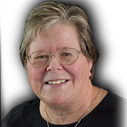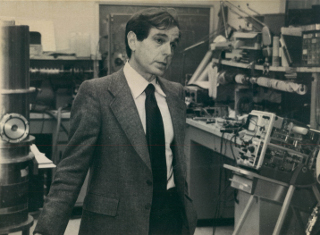When I finished my undergraduate degree, I did not go immediately to graduate school, because at that point I felt I was somewhat less mechanically capable of dealing with experimental topics than some of my peers. I worked at Cornell University because at that time I was married, and that’s where my husband was a student. I began taking graduate-level courses in astronomy on the side, including one with Martin Harwit, who ultimately became my thesis advisor at Cornell. After I took his course, Martin hired me to work for a summer in his lab. He was working on rocket-borne telescopes to observe far-infrared radiation from astronomical objects. Light in this region of the spectrum does not penetrate our atmosphere, and furthermore the background radiation of the hot Earth makes the telescopes insensitive to faint objects. Warm telescopes themselves cause infrared background, so its best to cool the telescopes. The obvious direction to go was to build cold telescopes that orbited above the atmosphere. Martin was working on the first liquid helium-cooled infrared telescopes that would go into space. Basically that was how I got into infrared astronomy, and I learned that I could do mechanical things after all.
Harwit's Cornell University Laboratory: Martin Harwit works in his group’s laboratory in Cornell University’s Space Sciences Building, with instrumentation flown on the NASA Lear Jet and Kuiper observatories, as well as prefight test equipment.
Credit: AIP Emilio Segre Visual Archives, Harwit Collection
Measuring infrared light from faint objects in the cosmos is hard. Earlier in the twentieth century there had been infrared astronomers who were working on the brighter stars; by the time I came into the field in the mid-1960s, there were still only a handful of infrared astronomers in the country and I probably knew them all. I guess I was probably the first female infrared astronomer in the U.S. during that period, although Susan Kleinmann was close behind me.


